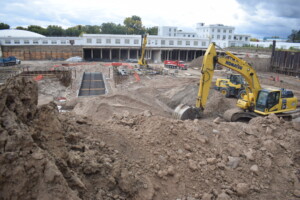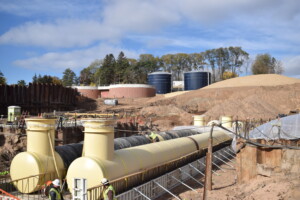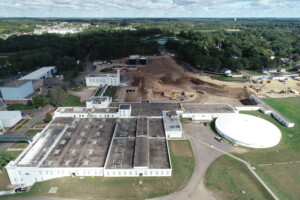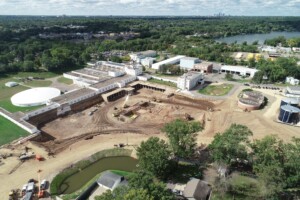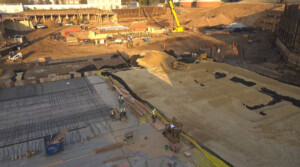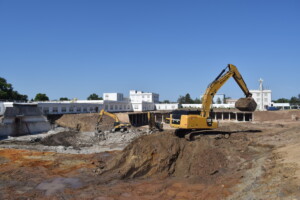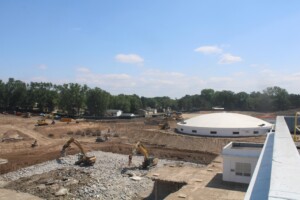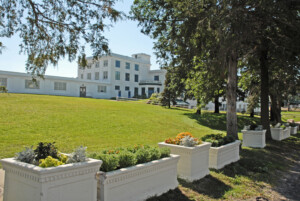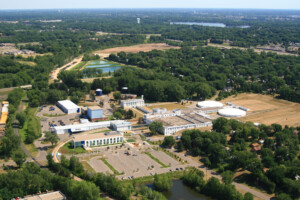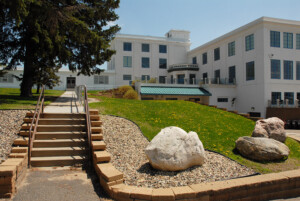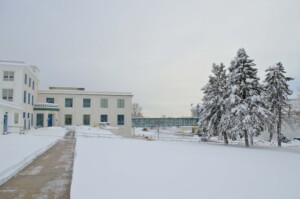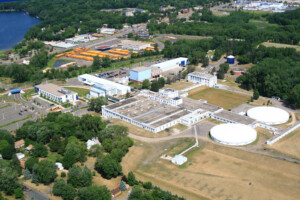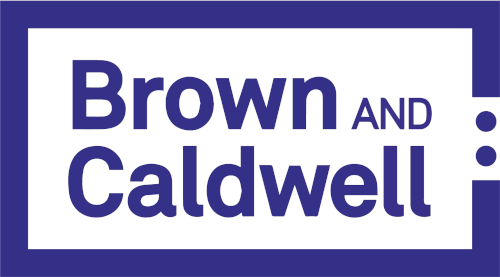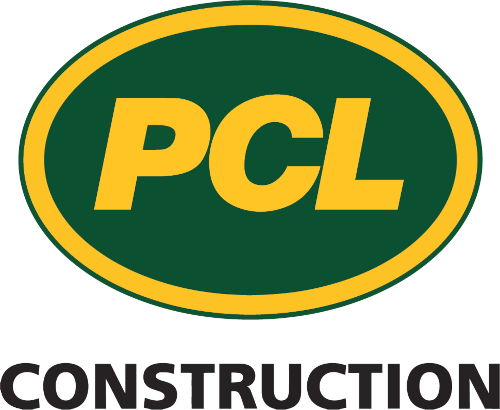Challenge
Saint Paul Regional Water Services (SPRWS) is undertaking the largest capital improvement project in its history to proactively address the aging infrastructure at the McCarrons Water Treatment Plant (WTP). Though the facility has been expanded on several occasions, much of the infrastructure that supplies customers with water is nearing 100 years in age. Despite its longevity, the WTP continues to perform well and produce high-quality drinking water for 450,000 people in St. Paul and its surrounding communities.
While current water quality remains exceptional, SPRWS is looking toward the future and plans to make significant improvements to the McCarrons WTP. Most of the upgrades will be targeted at improving reliability and flexibility and will enable the utility to continue to meet the needs of its customers far into the future.
SPRWS received special authorization from the Minnesota legislature to solicit and award a design-build contract for the project, based on a best-value selection process and a requirement to consider at least three proposals when awarding the contract.
Approach
SPRWS elected to implement the project via progressive design-build (PDB) for two main reasons: 1) to have a single point of accountability for facility and treatment process performance, and 2) to promote and collaboratively develop innovative solutions with the selected design-builder, Jacobs. This delivery method allows SPRWS and the Jacobs team to:
- Contractually allocate risk to the party most able to manage and mitigate the risk
- Select the most suitable treatment technology upgrades and/or additions to achieve SPRWS’ goals and objectives
- Effectively sequence construction to limit shutdowns and maintain plant operations
- Design for future flexibility in the event that additional capacity and/or treatment processes are needed
Prior to the McCarrons WTP Improvements project, SPRWS primarily used designbid-build (DBB). To familiarize and orient SPRWS’ internal team with design-build, the project team, supported by the owner advisor (OA)—consisting of Brown and Caldwell (BC) and Stantec—conducted internal stakeholder outreach meetings. The team met with SPRWS legal, procurement, finance, engineering, and O&M department leaders to solicit input on goals and constraints, answer questions, and collaborate on strategies to successfully procure and implement the project. This early, internally focused collaboration led to buy-in of the proposed plan—specifically, the willingness to procure and implement the project via PDB and to support Design-Build Institute of America (DBIA) best practices that are atypical in the DBB procurement process, including confidential meetings and a process for confidential questions.
The OA team also conducted industry outreach through a market sounding to raise awareness and promote interest in the project. The primary objectives for industry outreach included providing high-level information about the project, communicating SPRWS’ goals for the project, and soliciting industry feedback on specific questions and commercial topics. Feedback received was aggregated into a summary report for SPRWS and considered in procurement and planning efforts.
The team leveraged DBIA best practices by aligning them with existing SPRWS procurement policies and statutory requirements. Key features of this two-step procurement included the following:
- A short list of the three most qualified teams during the RFQ phase and an invitation to submit a proposal in response to the RFP (combined with the statutory requirement of evaluating a minimum of three proposals prior to contract award)
- Best-value selection criteria where both price and non-price factors were evaluated, with an emphasis on qualifications (which is a statutory requirement)
- Performance-based technical requirements that gave the selected design-builder flexibility to meet or exceed SPRWS’ expectations through innovation and creativity (a concept that was supported through feedback from industry outreach)
The project involves improvements to all the pre-filtration portions of the treatment process, which includes the treatment processes responsible for removing water hardness, increasing the clarity of the water, adjusting the pH to an appropriate range, and removing many contaminants. Most of the technologies included in the scope of the project are more modern, efficient variations of the same technologies and processes that have been used to successfully treat drinking water at SPRWS
for decades.
As taste and odor are of paramount importance to SPRWS customers, ozonation will be added to the treatment processes at the McCarrons WTP to reduce the likelihood of unpleasant taste and odor in the water. It will also remove contaminants of emerging concern, which are water pollutants that are not known to cause negative health impacts but are still being studied. The project scope also includes a significant amount of demolition work to remove older, obsolete infrastructure.
The project will be delivered in phases, with a first stage of demolition work occurring in summer 2022 before construction of the new facilities commences.
Once the new WTP begins operating, the final stage of the project work will include demolition of decommissioned facilities, construction of new laboratory and office spaces, and final sitework improvements and landscaping. The work is expected to be completed in 2026.
Results
Owner Education: The project team invested significantly in education of the owner’s staff related to the new technologies and PDB prior to selection of the design-builder. For example, a series of eight workshops were held over a three-month period to provide background education on ozone use in water treatment. SPRWS and its advisory team discussed key “big-picture” items during project planning and Stantec provided technical training sessions to plant operations staff on the new treatment processes. This education allowed identification of key issues and definitive guidance to be included in generally performance-based criteria that served as the basis of the request for design-build proposals. It also
facilitated knowledgeable owner’s review of the high-quality technical proposals that were received.
Procurement Phase: The project team learned to start the risk management/allocation and contract development as early as possible. The SPRWS legal department was open to using a DBIA PDB contract template as its starting point. BC worked with the department to tailor the document to the specific commercial requirements of the project. Even using a widely accepted industry template, this process required 8–10 meetings (each approximately two hours in length) with SPRWS management, legal, and BC. The primary value in these meetings was that SPRWS’ core management team and legal staff were able to review the template section by section and ask questions to better understand the primary differences in DB (compared to DBB) surrounding performance and risk transfer, commercial implementation, and discussion of “what if” scenarios.
Design and Preconstruction: The value of constructability input during the design phase was shown when issues associated with an initial layout concept for the solids contact clarifiers were identified. The team was able to address the constructability and schedule issues shortly after the 30% design stage, saving eight months from the project schedule. The team also invested in piloting the proposed technologies to identify process requirements and evaluate alternatives to meet the treatment goals and satisfy Minnesota Department of Health requirements. Multiple equipment manufacturers were vetted during design to best meet the design criteria while offering value and functionality for SPRWS.
Other WCDA member involved: PCL Construction (construction subcontractor)
“For more than a century, the McCarrons Water Treatment Plant has served the St. Paul area well, producing safe, high-quality drinking water. With more stringent regulations and the challenge of meeting the needs of a growing community, upgrading our water infrastructure reaffirms our commitment to maintaining the highest standards of public health today and well into the future.”
—Patrick Shea, SPRWS General Manager

